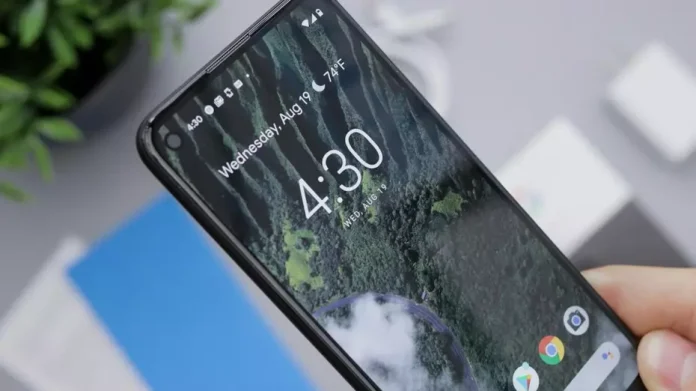Android has been evolving over the last few years, incorporating different new features that have responded to both aesthetic and functional needs. However, this latest change focuses on one of the aspects of the operating system that had been without many changes for the longest time: the status bar.
The developer versions that are being deployed of Android 15 are allowing us, progressively, to know what are some of the most important new features that Google has in store for its users. One of the surprises was recently announced, when it was learned that the American company would be carrying out a profound redesign of the status bar icons, which had remained virtually unchanged for so long. Furthermore, this is not the only novelty that affects this area of our device. But it will also land the possibility of adding haptic feedback in our interactions with this status bar.
A profound redesign
The status bar of our terminal is one of the aspects of our mobile device that registers the most interaction on a day-to-day basis. From it, we can not only access notifications from our terminal. Also to everything that has to do with the quick settings that we have configured to be able to adapt the operation of our Android smartphone to our tastes.
In recent years, although some modifications have been carried out in this area, none of them have been too profound. With the arrival of Android 15, users will be able to enjoy some changes that will considerably improve our experience. Among the different new features, for example, the possibility of activating the display of the remaining battery percentage directly within the battery icon of our device stands out . A change that had been in iOS for some time, for example. In this case, as reported by Android Authority, we can deactivate this information if we do not get used to having this information present on our screen with this configuration.
In addition, changes have also been detected both in the design pattern of the rest of the icons, as well as in the animation they show, for example, when interacting with them. Like when we connect the charger to our terminal.
Haptic feedback
In addition to the changes in the design of the icons, another novelty comes from haptic feedback. When the user presses and holds any of the buttons configured in the quick settings menu, the phone will present a small vibration.
An experience very similar to the one we will get when we interact with the volume keys. When we adjust the sound volume of our terminal, our device will also offer us a slight vibration in response.
At the time of writing these lines, none of the changes we have mentioned are available to the end user, but rather they are included in one of the versions that the developers are currently working with. In the event that their response lives up to what Google expects, it is likely that we can begin to enjoy all these changes and improvements in the public betas that are published when the launch date of the app approaches. final version of the operating system, as is usual in Google’s roadmap.














